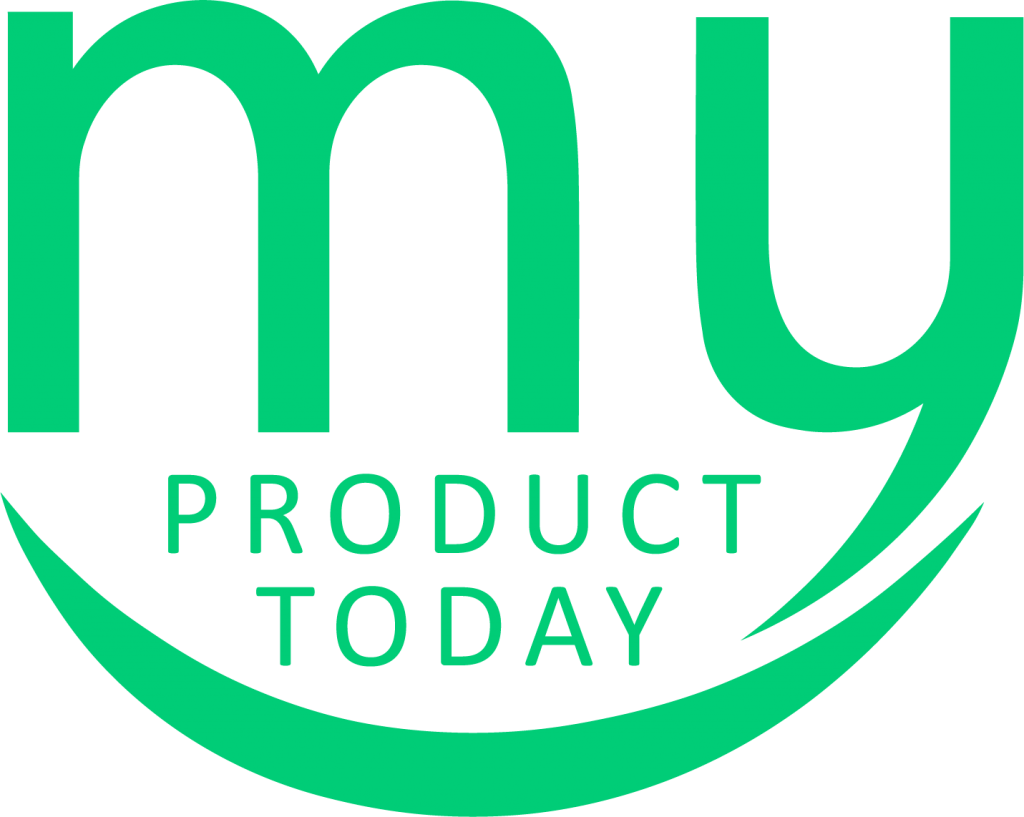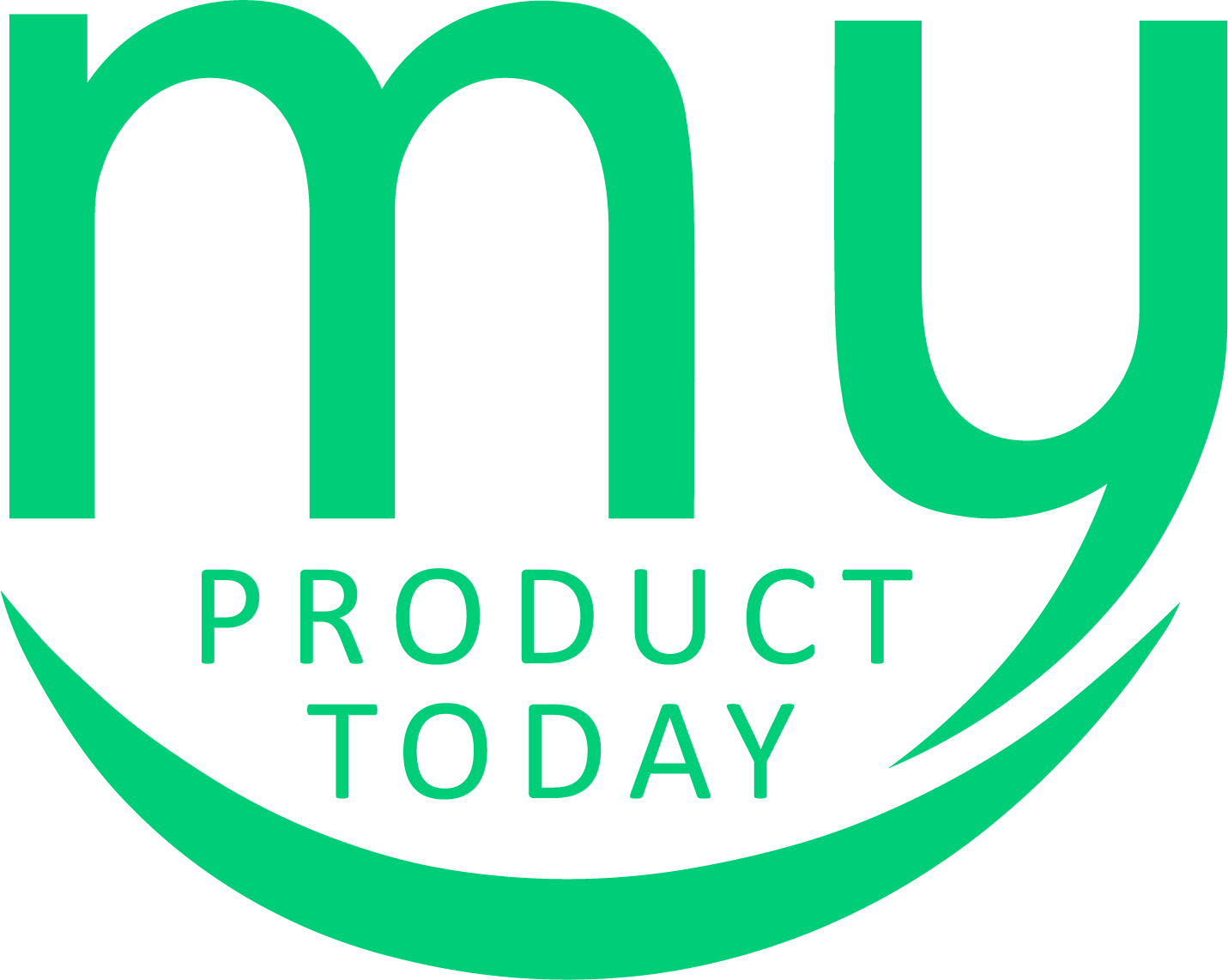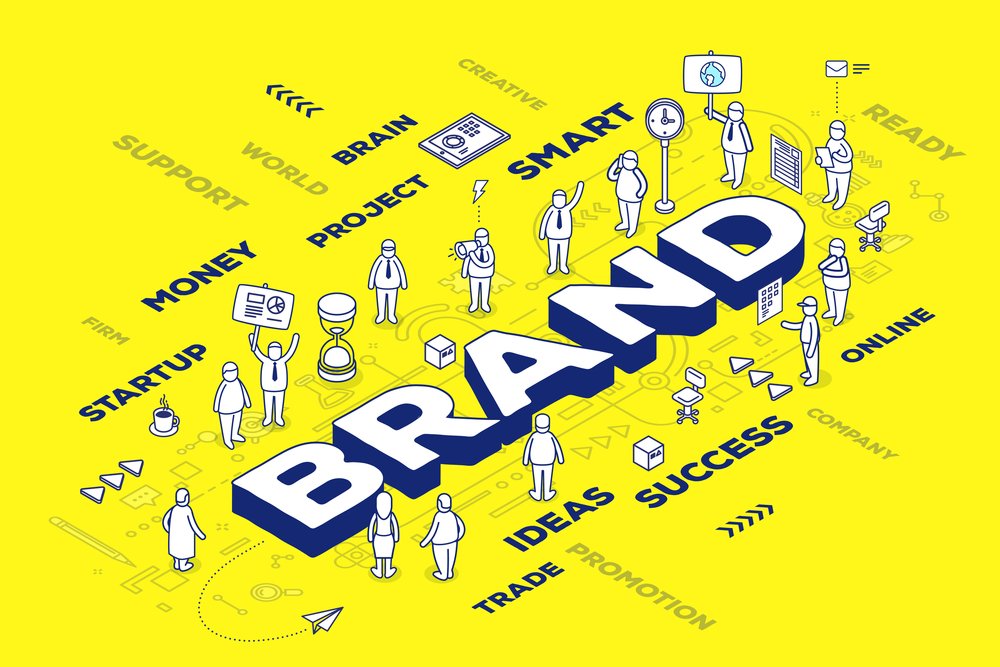
B2B Marketing Trends for 2022
How Does B2B Marketing Work?
B2B marketing is a subset of traditional marketing. It has the same goals, but focuses on specific businesses rather than individuals. B2B marketing differs from B2C because it focuses on building long-term relationships.
This relationship between companies is will be one of trust and growth and not only making sales.
B2B marketing is booming, and the need to stay on top of the latest trends can be overwhelming. But there’s no need to panic.
Here are six B2B marketing ideas you can try right now!
1. Use a business-to-consumer (B2C) approach.
B2C, or business-to-consumer marketing, is a strategy that speaks to consumers. It makes them feel like they’re part of the brand. It’s the most popular tactic if you want to expand your reach in search of new customers.
This approach uses tactics like email marketing campaigns and social media ads. They create an experience where your audience feels more connected with your brand.
2. Consider the B2B buying cycle.
You’re already familiar with the B2C buying cycle. But you should know that it’s not a perfect match for the B2B world. One reason is that there are different buyer kinds in B2B deals than in consumer purchases.
Large enterprises or government agencies will have different preferences from other audiences. Some may be more conservative. Others might be ready to make bold decisions and invest in new technologies. In business, it is critical to understand who your ideal customer is. That way, you can better tailor your message.
Another critical difference between B2C and B2B marketing is how they buy. This part of the cycle is the “decision-making” process because of its lengthier nature.
Here, many stakeholders must approve budgets before moving forward with any purchases. They might also hire consultants or procurement agents along the way. There can also be complex pricing structures involved. This will depend on whether products need customization before delivery.
3. Use first-party data
First-party data is a great way to build your business. A good example is when you know the exact number of customers who have bought from you in the past three months. This can help you better decide how much money to spend on marketing. This helps you know exactly what works for your company and what doesn’t.
There are other ways to use first-party data. You could use it as part of an email campaign. You can also create personalized landing pages based on customer preferences.
4. Create SEO-friendly landing pages for top and middle of the funnel queries
SEO is a critical component of your digital marketing strategy. Investing in a strong SEO strategy is a good idea, as it will help you rank higher in Google search results. This will lead to more traffic, brand awareness, and sales.
You need to optimize your website for search engines to achieve high rankings. You should optimize your site for keywords related to your company’s offerings.
One way to do this is by creating SEO-friendly landing pages for top and middle of the funnel queries. People use these queries when looking for product or service information.
5. Use the power of website personalization.
Personalization is an essential aspect of the customer experience. It can improve the conversion rate and increase satisfaction. It can also help to create loyal customers.
This is why personalized content helps to improve your B2B marketing. You can deliver more relevant messages by personalizing your website with visitors’ data. This will increase engagement and conversions while also increasing customer loyalty.
6. Run email nurture campaigns
Email marketing is an effective way to get your message in front of potential customers. It’s also a great way to foster ongoing relationships with customers.
This works best if you use it to send them relevant information. You can also encourage them to take actions like visiting your website or signing up for a free trial.
To create an email nurture campaign, you must identify what actions you’d like people to take. For example, let’s say someone visits your website but doesn’t sign up for anything. You may want them to return later so they can learn more about your product or service.
You can create a series of emails that will trigger when these visitors come back again. This will remind them about what they were looking at before. It can also offer hints on how they might better use your product.





